Unveiling the 2025 Dodge Charger Daytona SRT: A Deeper Dive into Performance and Design
Unveiling the 2025 Dodge Charger Daytona SRT: A Deeper Dive into Performance and Design
Introduction
With enthusiasm, let’s navigate through the intriguing topic related to Unveiling the 2025 Dodge Charger Daytona SRT: A Deeper Dive into Performance and Design. Let’s weave interesting information and offer fresh perspectives to the readers.
Table of Content
Unveiling the 2025 Dodge Charger Daytona SRT: A Deeper Dive into Performance and Design
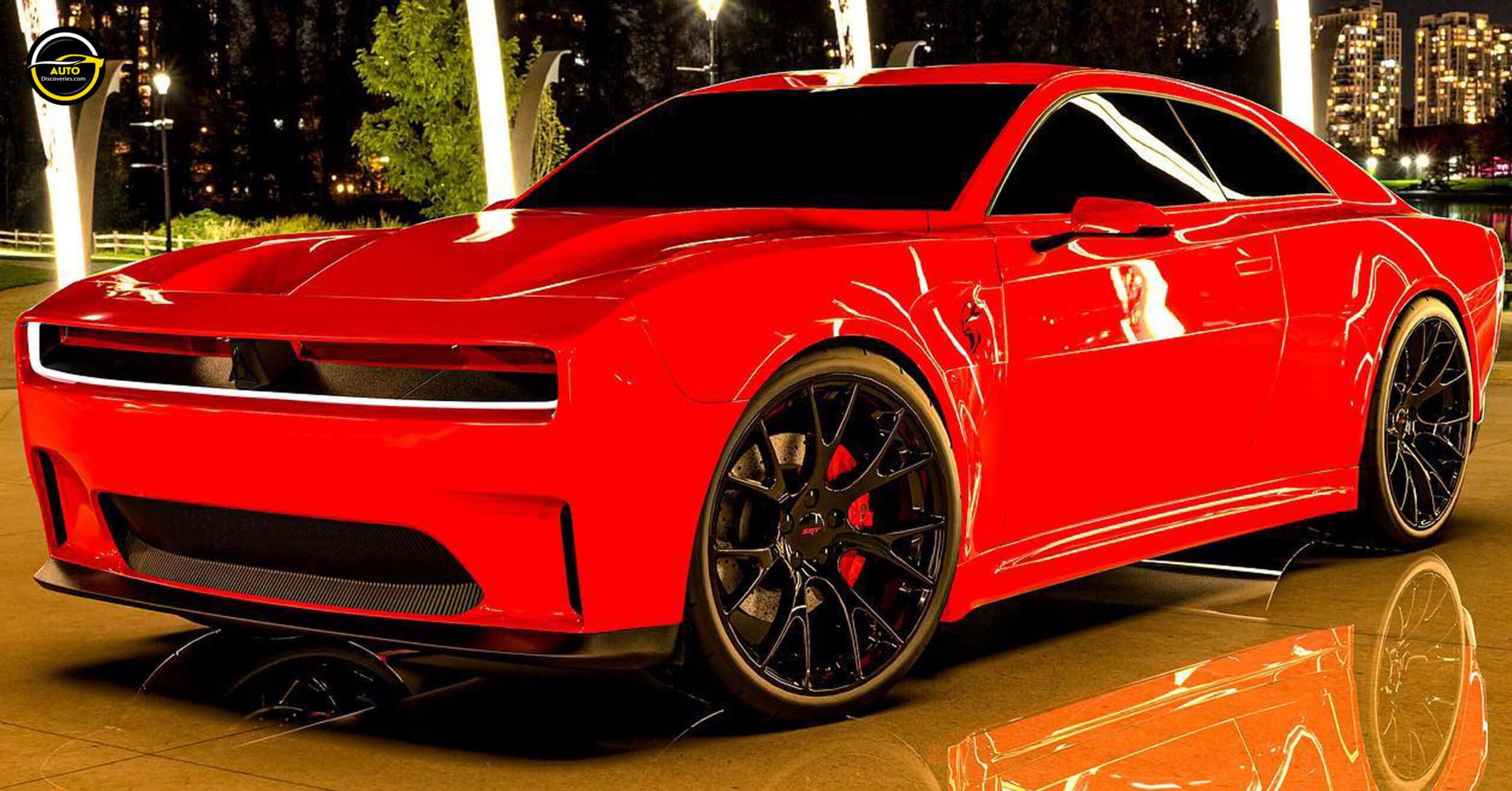
The 2025 Dodge Charger Daytona SRT, a groundbreaking electric muscle car, has captured the attention of automotive enthusiasts worldwide. While its sleek design and innovative technology are widely discussed, one key aspect often overlooked is its weight. Understanding the weight of this electric marvel is crucial to comprehending its performance, handling, and overall driving experience.
A Balancing Act: Performance and Weight
The 2025 Dodge Charger Daytona SRT, despite being electric, is designed to deliver the raw power and visceral thrill associated with traditional muscle cars. Achieving this balance between performance and efficiency necessitates careful consideration of weight distribution. The car’s lightweight construction, achieved through extensive use of aluminum and carbon fiber, plays a vital role in optimizing its performance.
The Importance of Weight Distribution
Weight distribution is a critical factor in a vehicle’s handling and stability. A well-balanced car exhibits predictable and controlled behavior, particularly during cornering and acceleration. The Charger Daytona SRT’s battery pack, a crucial component of its electric powertrain, is strategically positioned to ensure optimal weight distribution. This strategic placement minimizes the risk of understeer or oversteer, allowing for a more controlled and enjoyable driving experience.
Impact of Weight on Performance
Lower weight translates to improved acceleration and braking. The lighter the vehicle, the less energy is required to propel it, resulting in quicker acceleration times. Similarly, reduced weight enhances braking performance, allowing for shorter stopping distances. The Charger Daytona SRT, with its focus on weight reduction, promises exhilarating acceleration and responsive braking capabilities.
Weight Considerations for Efficiency
While performance is paramount, weight reduction also contributes to the car’s overall efficiency. A lighter vehicle requires less energy to move, leading to improved fuel economy and a longer range. This is particularly relevant for electric vehicles, where battery capacity directly impacts driving range. The Charger Daytona SRT, by optimizing weight, aims to deliver a compelling balance between performance and efficiency.
Exploring the Weight Factor: A Closer Look
While Dodge has not officially released precise weight figures for the Charger Daytona SRT, industry experts estimate its curb weight to be around 4,500 pounds. This figure is comparable to other high-performance electric vehicles, showcasing the brand’s commitment to balancing power with efficiency.
FAQs: Delving Deeper into the Weight Factor
Q: How does the Charger Daytona SRT’s weight compare to its gasoline-powered predecessors?
A: The Charger Daytona SRT, despite its electric powertrain, is expected to be slightly heavier than its gasoline-powered predecessors. This is due to the weight of the battery pack and other electric components. However, the car’s lightweight construction and strategic weight distribution aim to minimize the impact of this added weight on performance.
Q: Does the Charger Daytona SRT’s weight affect its handling and agility?
A: While the car’s weight might be slightly higher compared to some gasoline-powered counterparts, its strategic weight distribution and advanced suspension system are designed to ensure optimal handling and agility. The car’s low center of gravity, achieved by placing the battery pack low in the chassis, contributes to its balanced and responsive handling characteristics.
Q: How does the Charger Daytona SRT’s weight impact its range and efficiency?
A: The Charger Daytona SRT’s weight, while slightly higher than some gasoline-powered vehicles, is optimized for efficiency. The car’s lightweight construction and aerodynamic design contribute to its overall range and efficiency. Additionally, the electric powertrain’s regenerative braking system further enhances efficiency by capturing energy during braking and recharging the battery.
Tips for Maximizing Performance with Weight Considerations
- Regular Maintenance: Ensure that all components, including tires and brakes, are properly maintained to maximize performance and efficiency.
- Driving Style: Adopt a smooth and efficient driving style, avoiding aggressive acceleration and braking, to optimize fuel economy and range.
- Cargo Management: Minimize unnecessary cargo to reduce overall weight and improve performance.
Conclusion: A Harmonious Blend of Power and Efficiency
The 2025 Dodge Charger Daytona SRT represents a significant step forward in the evolution of muscle cars. Its lightweight construction, strategic weight distribution, and advanced electric powertrain combine to deliver a thrilling driving experience. While its weight might be slightly higher than some gasoline-powered predecessors, the car’s focus on efficiency and performance optimization ensures a compelling blend of power and agility. As the automotive industry continues to embrace electrification, the Charger Daytona SRT serves as a testament to the potential of electric vehicles to deliver both performance and efficiency, paving the way for a new era of muscle car innovation.
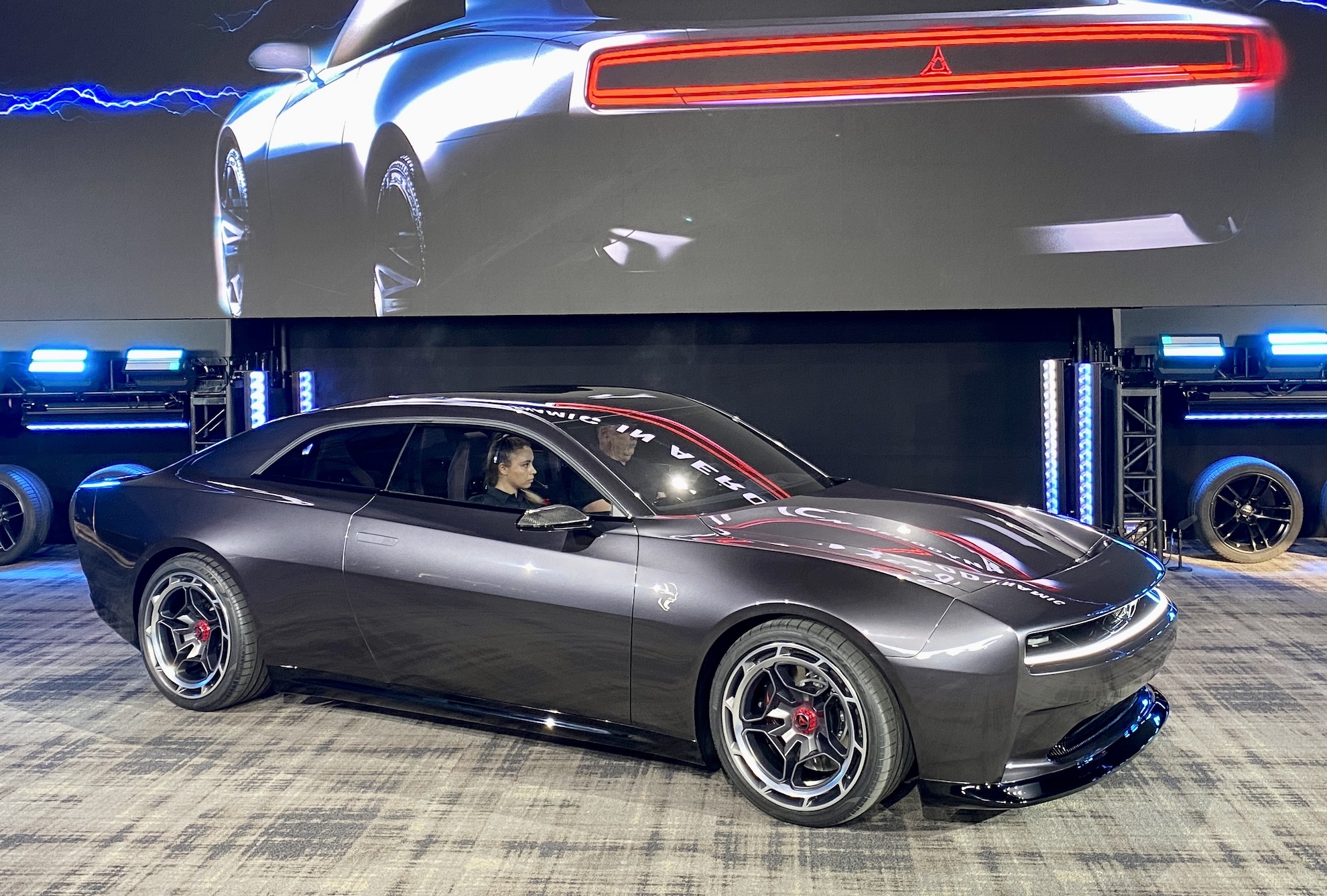



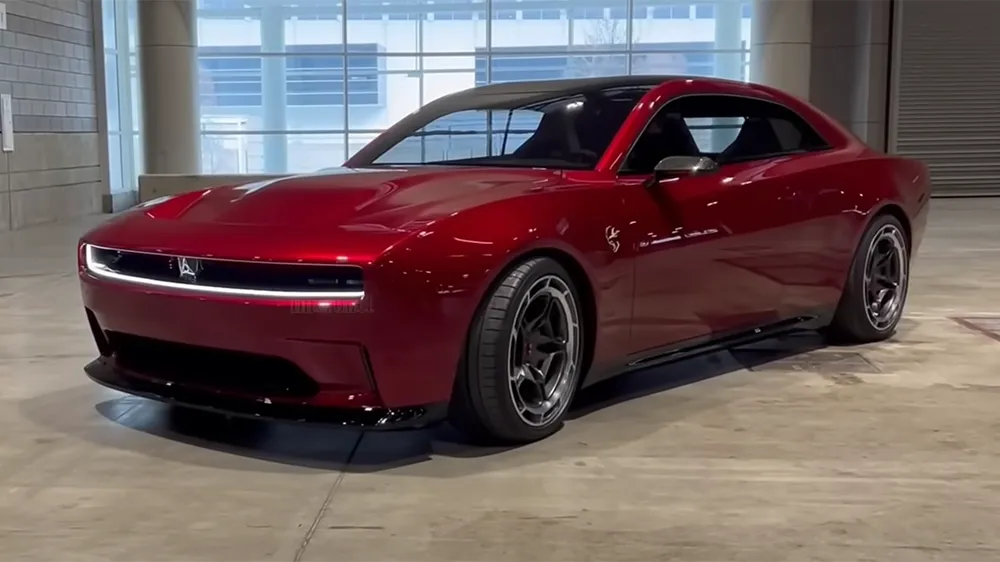
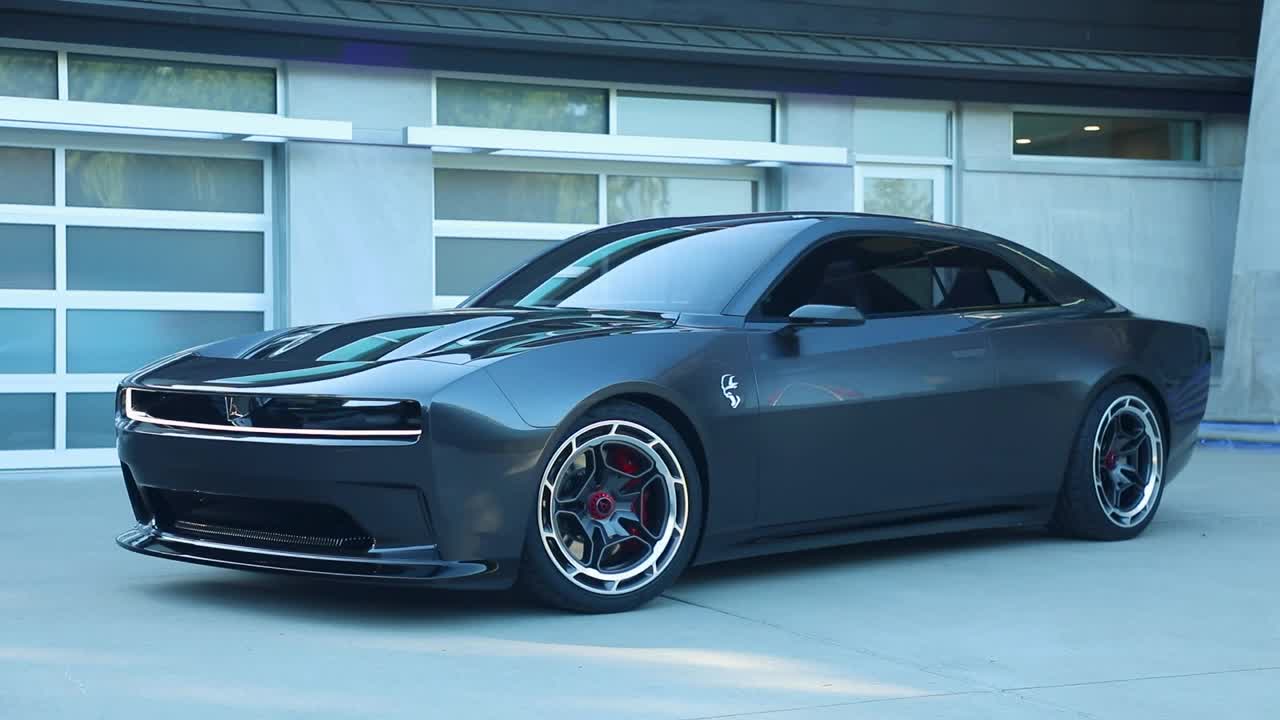
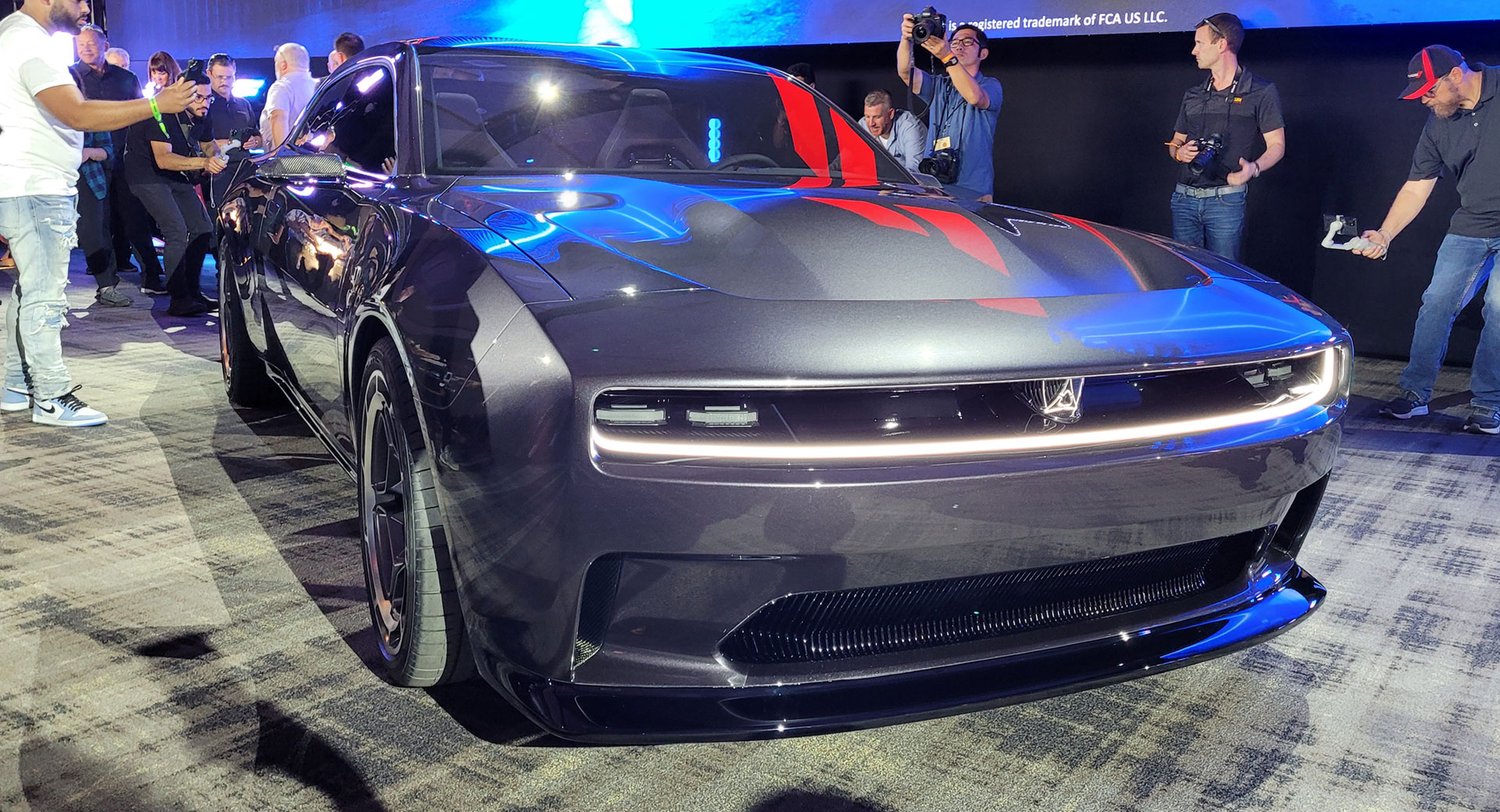

Closure
Thus, we hope this article has provided valuable insights into Unveiling the 2025 Dodge Charger Daytona SRT: A Deeper Dive into Performance and Design. We hope you find this article informative and beneficial. See you in our next article!